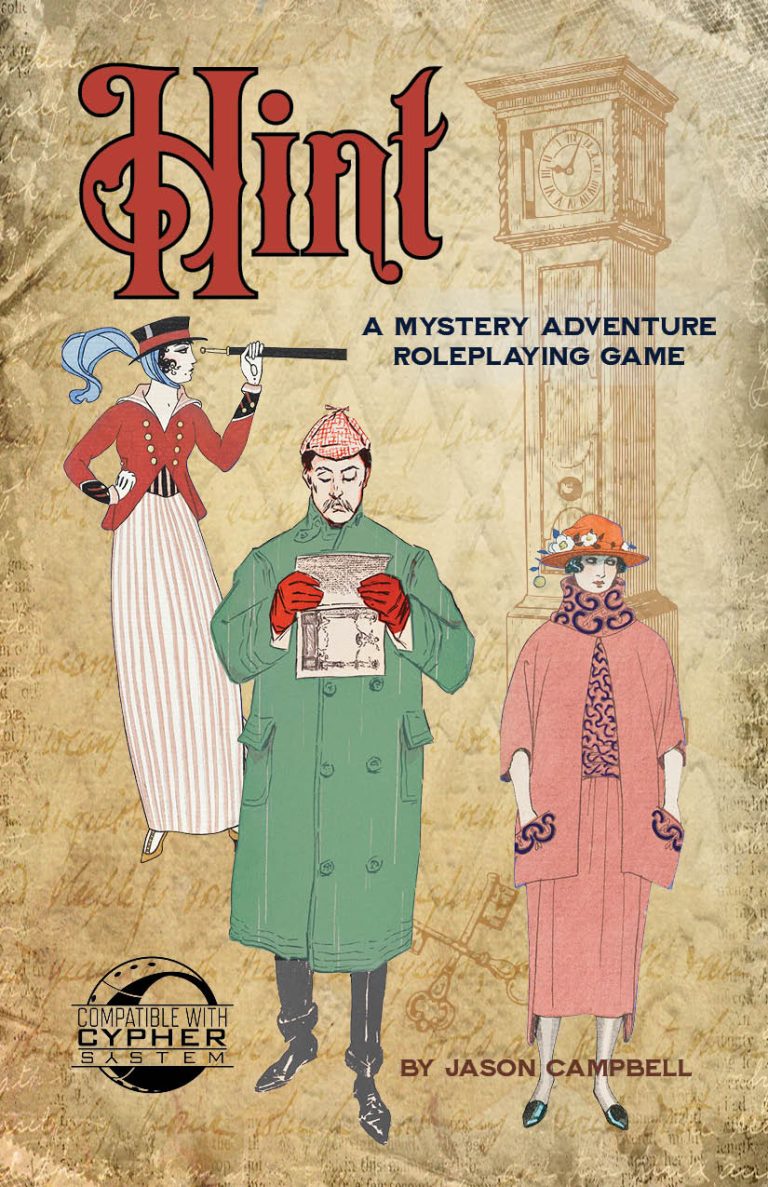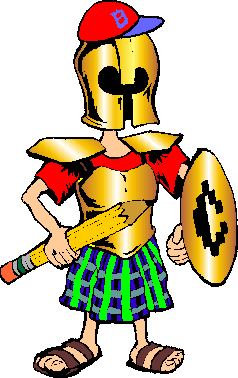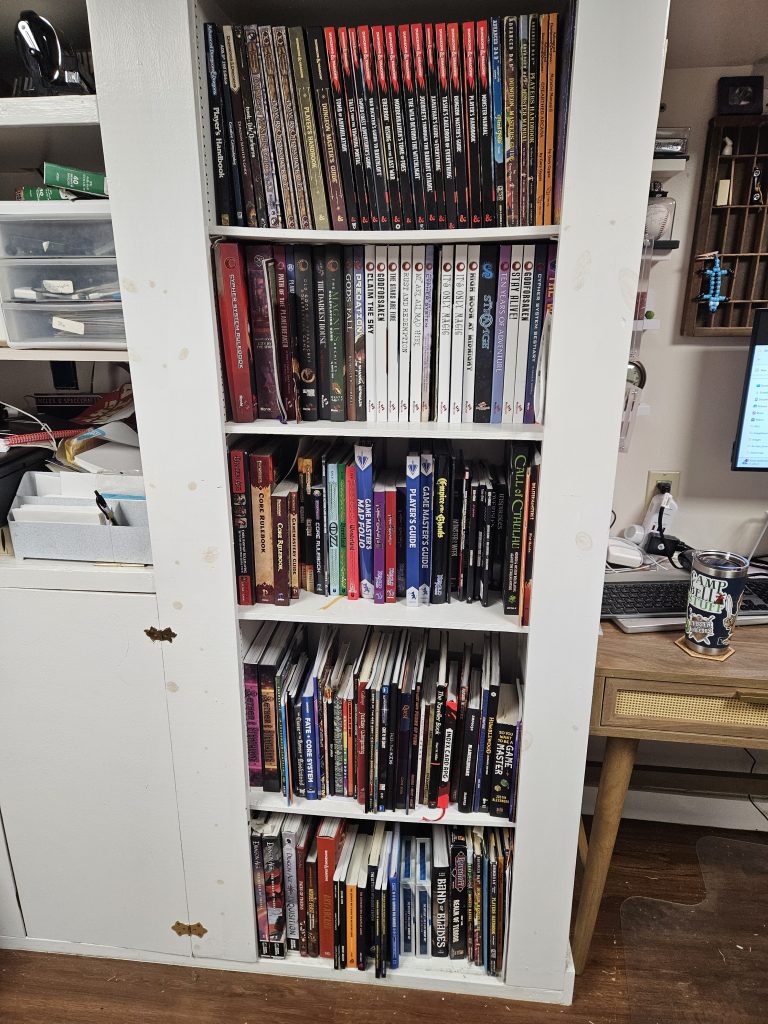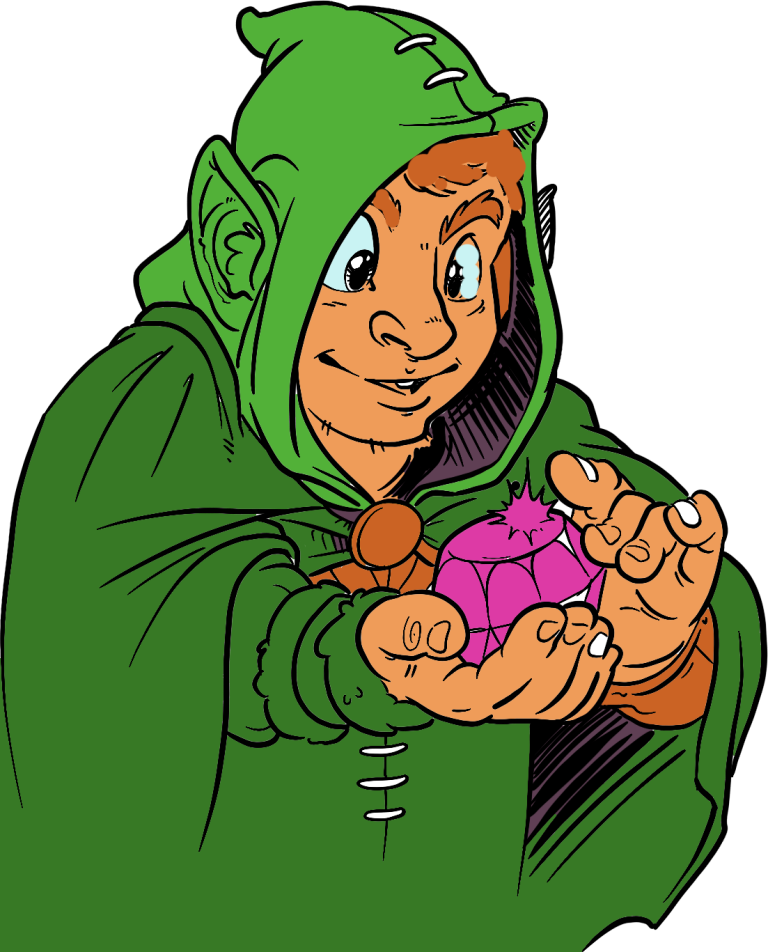Here’s a transcription of an interview Jason Campbell and GamerMomLuna recorded on 12/12/2022 with Austin Ramsay of Austin Ramsay Games, author of Beam Saber, creator of CalazCon – a Beam Saber Mega Game Actual Play
Interview has been transcribed and edited for clarity, content, and length. This is the first of two parts, with the second following next week.
GamerMomLuna: Welcome everyone! We are here with Austin who is going to tell us all about his big project that he’s putting together. And before we go any further, I will let Jason introduce himself and then let Austin tell us a little about who he is. Jason, tell us about you!
Jason: Hey, I’m Jason Campbell, lead writer at shadomain.com where we review, interview, and write articles on all the things you care about in the TTRPG world!
Luna: And I’m Luna, I am one of the writers at Shadomain.com and I do the video recording and video editing – that’s my new job here, so I’ll be doing that as well! And we are joined by Austin! Austin, tell us a little about yourself as well, and where we can find you around the internet!
Austin Ramsay: Sure thing! Hi everyone, I’m Austin Ramsay. I’m a tabletop roleplaying game designer, podcaster, and the general TTRPG person. You can find me on Twitter at notaninn. You can find my itch store at https://austin-ramsay.itch.io/, and you can find the podcast, since concluded, You Don’t Meet in an Inn, wherever you get your podcasts from.
L: We’re excited to get a chance to talk to you a little and find out about this big project you have coming up.
AR: I’m happy to be here.
J: so why don’t we start off with the topic at hand. Austin, can you tell us about your latest project?
AR: So the project that I am working on right now is called CalazCon. It’s going to be an actual play series that, to my knowledge, is unlike any previous actual play series, which I’m sure probably many people have said. But, I’ve looked around and I can’t find anything like it. And the reason for that is that we are taking inspiration from the kinds of mega games that typically get played at conventions. This actual play series is going to feature 30 players across six separate interconnected play groups. And that’s sort of the big focal point with this is that it’s a big experiment to see what an actual play series looks like when it works across that many people and that many different playgroups, all affecting each other. So that’s sort of the high level summary of what CalazCon is.
J: That sounds great! If I could dive into your backstory, how did you get started in TTRPGs?
AR: Well, I’ve always been a sucker for rules. There’s a story my mom likes to tell about me coming home from playing outside with friends, upset because none of the other kids were following rules that I had set up for our imagination games. So when I got introduced to Final Fantasy 4 and D&D in the same year, it was over for me. I had no idea where to buy D&D, nor did I have the money to afford such a thing, so I made up my own tabletop roleplaying game from what I could remember of a week-long D&D March-break camp. And I’ve just been making tabletop roleplaying games since then, basically ever since grade six, when I went to that camp. So, you know, 20… 23 years later I’m still making them! I released my first publicly available tabletop roleplaying game in 2018 which was Beam Saber. Had a kickstarter for it in March of 2020, which, you know, was just incredible timing.
So I’ve been dealing with trying to get that out the door for the last two years. There have been many complications caused by COVID, as I’m sure everyone can imagine. We’re in the final stretches now.
Other than Beam Saber, I’ve released a number of other games in varying genres, player counts, and so on. I just really love making games. It’s my art form, really.
J: CalazCon is the latest project we’re here to talk about, which is pretty intriguing, the way you’re weaving together multiple groups and parties, but it’s based on Beam Saber, right? Could you tell us a little bit more about that? How the rules are built, but also the genre and setting?
AR: Beam Saber is a Forged in the Dark game, [using] the same engine as Blades in the Dark, Band of Blades, and Scum and Villainy. There’s a whole bunch of Forged in the Dark games at this point, but those three are just the most well known, I think. [Beam Saber] is a game about pilots of powerful machines in a war that encompasses every aspect of life, pulls heavily from the mecha genre of things like Battletech, and especially Gundam, but also pulls from other genres, particularly military fiction like the Black Company by Glenn Cook and Generation Kill which was an HBO series. Those are the primary inspirations for Beam Saber. And it’s like I said, I had a Kickstarter in March 2020 which went very well. It was able to hit a number of stretch goals which went to paying everyone working on it more. The game released version 1.0 in September of this year, so that’s available digitally on my Itch store and on drivethrurpg. It will be the game used for CalazCon at large.
L: You said it’s kind of like Battletech/Gundam. Are all the players on a team or is it all [player vs. player], or how does that work?
AR: Well for Beam Saber, it’s typically that all the players are in a single squad. The squad itself will have its own playbook to direct the type of play that will occur. You know, if you’re in an R&D squad, then your play is going to revolve around a lot of experimentation and gathering information. You have to decide, though, if it’s through honest or underhanded means. If you’re in a mechanized cavalry squad, that’s going to be a far more vehicle battle-focused sort of campaign that occurs. But yes, everyone is on the same side. [However] Interpersonal conflict is a major part of Beam Saber. I really wanted to foreground that mechanically with the rules of the connection system where one of the major mechanics of Forged in the Dark games is the stress mechanic, which is a resource that characters can spend for bonuses and to assist each other, and to negate negative consequences that might happen to them. In Beam Saber, that is attached to the connection, cut loose assist loop where when you build up stress during a mission, during downtime you do a “cut loose” scene, which is how you relieve stress by spending time with another one of the player characters in your squad. That relieves a bunch of stress and increases your connection with that character. Then as you go into your next mission, when you assist other characters, the amount of the benefit you provide increases with the strength of your connection, but so does the stress cost as well. So the more intense your relationship is, the more invested you are in helping the other person. And then, of course, that means you build stress more quickly, which then brings us back to “Cut Loose” in downtime once again.
J: So, is this up to the players or the GM: If your squad was all pilots, are they all effectively a team of five shogun warriors? Or do they all pilot the same mech?
AR: Actually, every single pilot playbook in beam saber has a vehicle of some nature. Even unusual playbooks like the Bureaucrat, for instance. Each playbook has specific gear to flavor it. The Bureaucrat can get a vehicle boot to slap on other mechs, whereas the soldiergets a big melee weapon to smack around other vehicles. There is one squad playbook in the Beam Saber Supplement “The Growing Conflict” where you all pilot a single vehicle together, so that does exist. But that’s more of the exception than the rule. Generally speaking everyone has one vehicle but there are exceptions.
J: Alright I think you just got a lot of people signing up there because a whole group of giant mechwarriors sounds pretty awesome.
L: I know a number of people that will probably be like “MECHWARRIORS?? SIGN ME UP!”
AR: Also, just while I’m on the topic of exceptions to the rules, Beam Saber, as I said, already has a couple of supplements, made by myself, which change up how the game plays. There’s The Growing Conflict, which CalazCon actually pulls from a bit because it includes faction management rules if you want to involve your characters in controlling one of the sides of the war from the very top as the brass, but there’s also Rush For Us which turns it into a campaign inspired by the likes of Fast and the Furious or Saints Row series of video games. And then there’s the Beam Saber Supply Drop license, which allows third-party creators to make their own Beam Saber supplements and sell them and keep all the profits. So there are, I think, a couple dozen different Beam Saber Supply Drop supplements that aren’t made by me, covering a wide variety of character types and squad types and ways to play.
L: That must feel really good for you to see other people taking your game and growing it.
AR: Yeah, it’s really heartening to have that happen for sure.
Stay tuned for part two of our interview coming next week!





